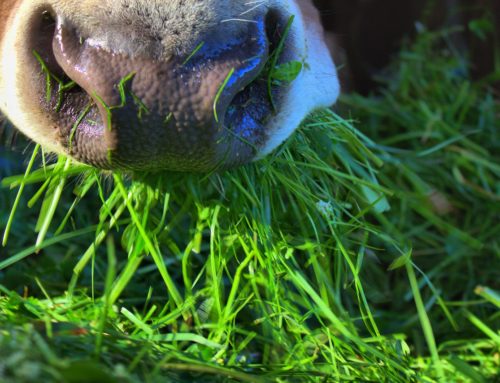Animal disease traceability helps animal health officials know where diseased and at-risk animals are, where they’ve been, and when. This information is essential during a disease outbreak. The USDA is currently working to strengthen its traceability system to protect the long-term health, marketability and economic viability of the U.S. livestock industry. To prepare for the transition to electronic ear tags, state ag departments are assisting producers with the change.
The federal government will require most cattle to bear a radio frequency identification tag in the next few years, the Kentucky Office of the State Veterinarian announced. “By 2023, only RFID tags will be considered official identification,” State Veterinarian Robert C. Stout said. “The U.S. Department of Agriculture is requiring the RFID tags and phasing out metal tags to improve our ability to trace animal movement quickly and efficiently in the event of a livestock disease outbreak. A strong traceability system is absolutely essential to maintaining open overseas markets for Kentucky and U.S. cattle.”
Animals that will require official, individual RFID tags include:
- Beef cattle and bison that are sexually intact and 18 months or older;
- Beef cattle and bison used for the rodeo or recreational events (regardless of age);
- Beef cattle and bison used for shows or exhibitions;
- All-female dairy cattle; and
- All male dairy cattle born after March 11, 2013.
Read more: https://www.agdaily.com/livestock/usda-cattle-electronic-ear-tags/


